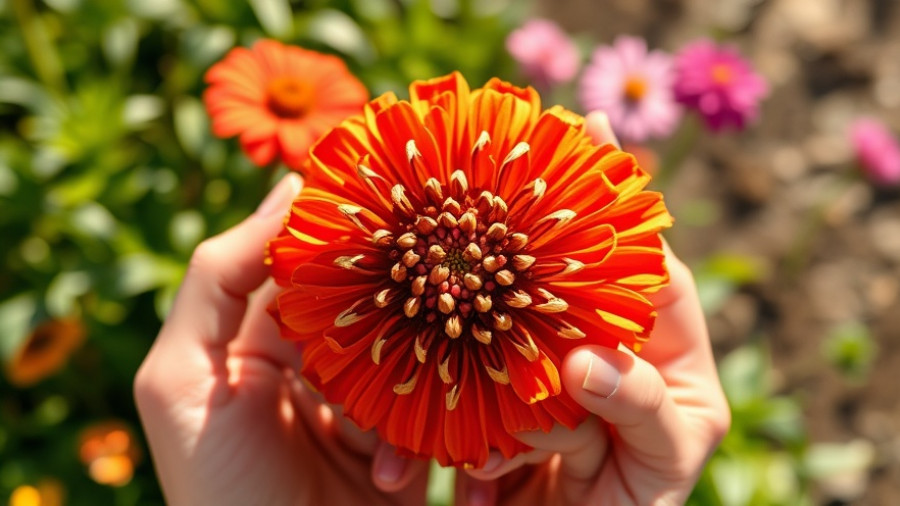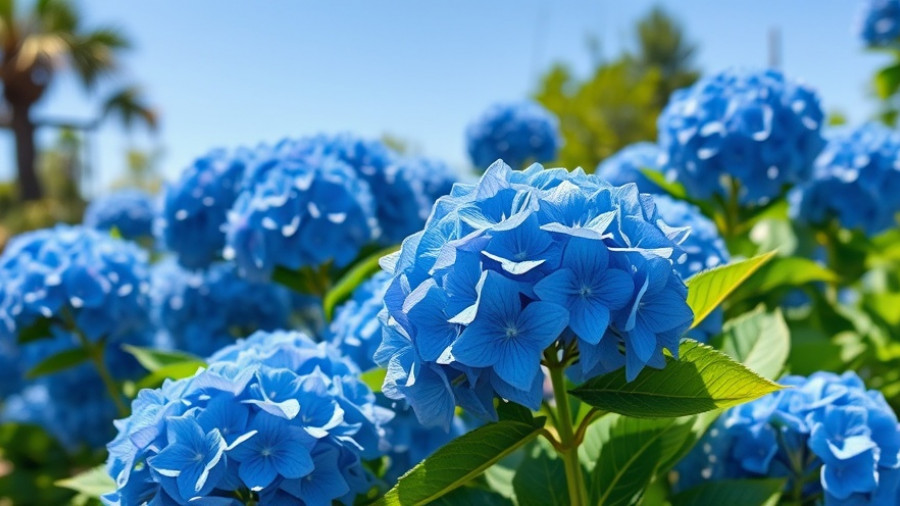
Make Your Yard Thrive: Why Water-Smart Landscaping Matters
As the temperatures cool down and autumn settles in, it's time to rethink your garden's approach to water management. Water is an invaluable resource, and making smart choices in your landscaping is essential for sustainability and efficiency. According to expert landscaper Jerad Bryant, embracing water-smart practices now will not only save you resources but also ensure a thriving garden when spring arrives.
Understanding Water-Smart Landscapes: What You Need to Know
A water-smart landscape adjusts to the local climate, considering rainfall patterns, temperature variations, and native flora. In different regions, especially with California's strict water limitations, it's crucial to design gardens that use water efficiently. For instance, what works in Oregon's Willamette Valley may not suit the dry plains of Texas.
The key to creating a successful water-smart landscape is observing the unique climate conditions of your area. Is rainfall plentiful year-round or only during certain seasons? What are your local temperature highs and lows? These questions provide insight into how to properly select plants and design your irrigation systems. Such considerations, combined with efficient watering techniques, create gardens that stand resilient against droughts and storms.
Five Essential Water-Smart Adjustments for Your Fall Garden
This fall, implement these five water-smart adjustments to enhance your garden's health and resilience:
- Add New Mulch: Layering carbon-rich mulch not only retains moisture but also progressively enriches the soil as it decomposes.
- Choose Native Plants: Selecting local flora promotes biodiversity and typically requires less water, creating a more sustainable garden ecosystem.
- Implement Efficient Irrigation: Invest in drip irrigation systems to deliver water directly to plant roots, minimizing waste.
- Design Rain Gardens: Capture and utilize rainwater effectively by creating gardens specifically designed to manage excess moisture.
- Group Plants Strategically: Place plants with similar water needs in close proximity to prevent overwatering and under-watering.
Incorporating Eco-Priorities into Your Landscape
Making eco-friendly choices not only benefits local wildlife but also aligns with the growing environmental consciousness in gardening. As backyard endeavors shift more towards sustainability and efficiency, designs like outdoor kitchens, fire pit patios, and appealing landscape lighting contribute to functional outdoor living spaces that don't compromise on beauty.
The Emotional Connection: Gardening as a Community Effort
Gardening isn't just a solo hobby; it's often a communal passion that fosters connections among neighbors. Consider organizing community gardening days where everyone contributes to maintaining shared green spaces. Such efforts not only promote teamwork but also help strengthen the bonds within your neighborhood.
Future Trends: Looking Ahead to the Spring
As we prepare for winter's chill, these practices lay the groundwork not only for immediate survival but also relieve future water demands. The innovations in backyard designs and the focus on native species not only mitigate water concerns but enrich garden aesthetics, offering a sense of accomplishment and greater community spirit as we grow together.
Start Making Changes Today: Your Guide to Sustainable Gardening
Now is the perfect time to start incorporating these water-smart adjustments into your backyard. Embrace the cooler weather, gather your gardening tools, and take this opportunity to make your yard not just beautiful but also environmentally responsible. Visit local gardening suppliers for eco-friendly materials, or research online for planning tips and designs that work best in your region. By taking these proactive steps, you pave the way for a more vibrant garden come spring.
 Add Row
Add Row  Add
Add 




Write A Comment